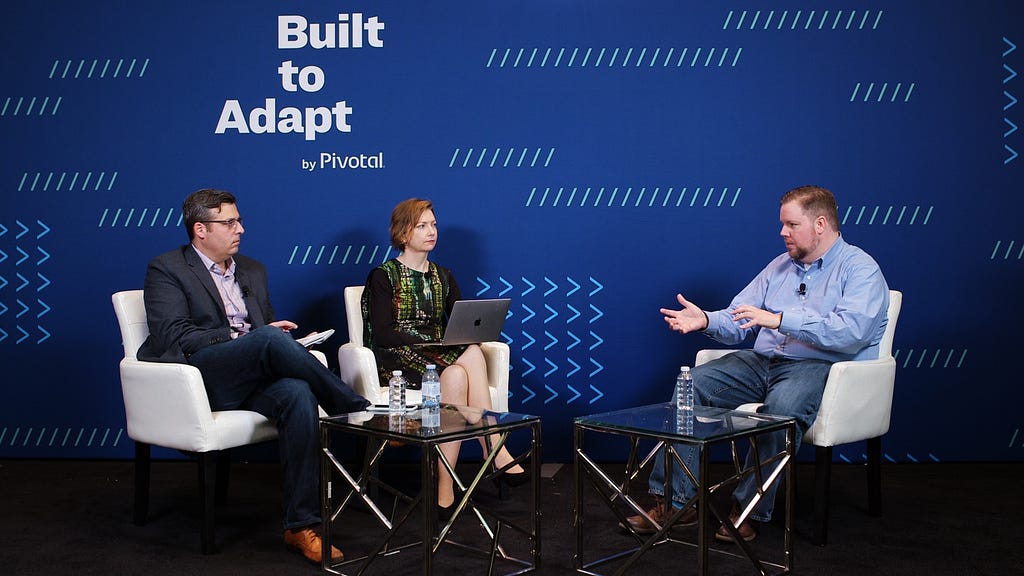Matt Stine believes enterprise IT “doesn’t have to suck.”
Pivotal’s Global CTO of Architecture, Matt Stine, has professed his obsession with the idea that enterprise IT “doesn’t have to suck.” A 17-year veteran of IT in the enterprise, with eight spent as a consulting solutions architect for multiple Fortune 500 companies, Matt talks with Built to Adapt on the factors and patterns that enable and sustain app migration journeys.
“Thinking about a decomposition strategy is not just about domain-driven design or microservices, but thinking about what teams need to create, what their mission is, and connecting that back to a business capability that teams become the stewards of.” — Matt Stine

Matt shares observations and lessons learned from working on large-scale transformations, starting with a common software lexicon, to identifying critical work patterns and matching them to tools and services, valuing an application’s ROI, and how organizations should cooperate to sustain velocity and create business value in an evolving platform. Viewers will learn how organizations need to cooperate to sustain velocity in an evolving age. Watch the full interview to see the full discussion.
About the Author







